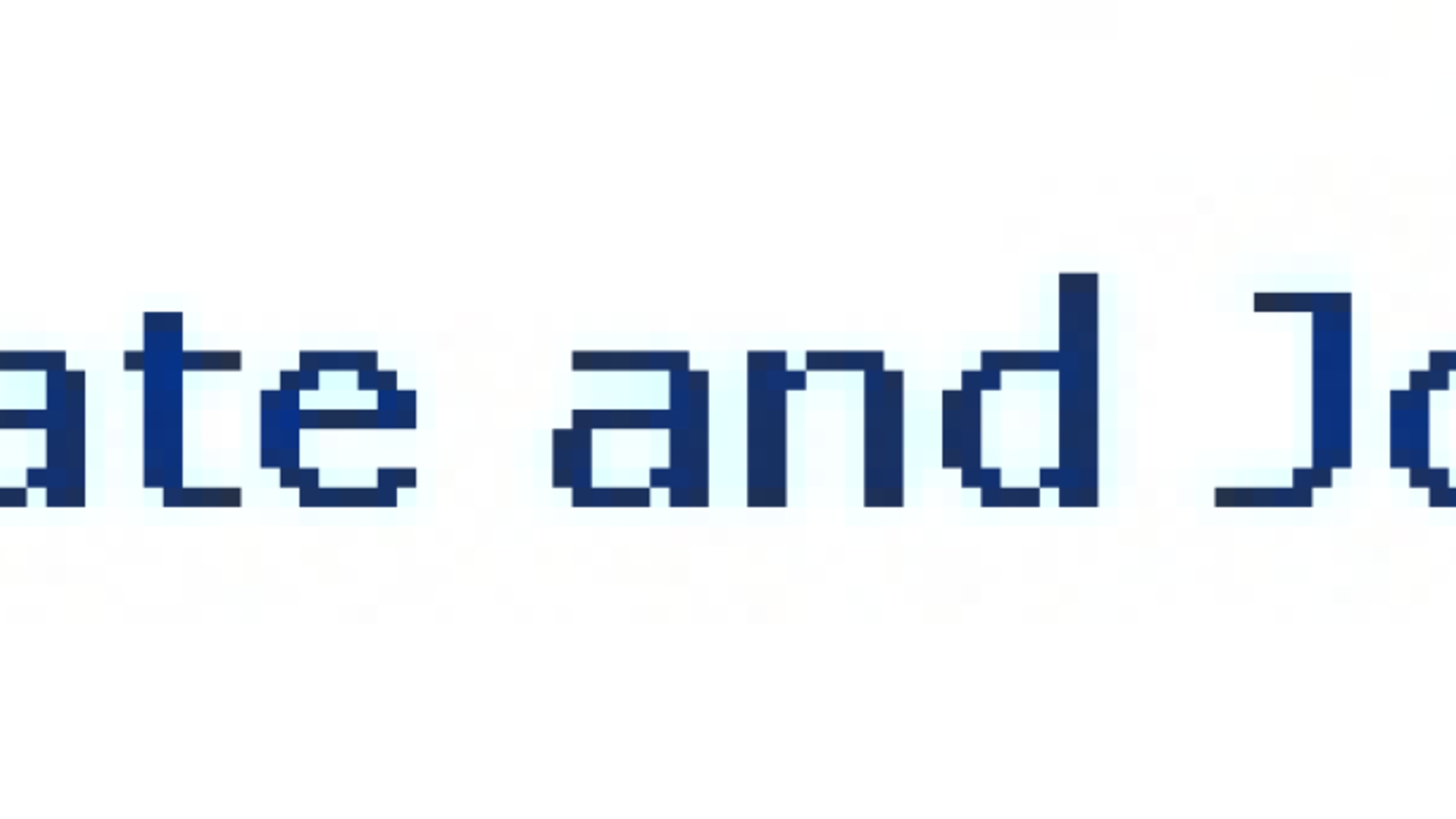Article-Level Metrics at PLoS (presentation to NISO)
A couple of weeks ago I had the opportunity to give a presentation entitled “Article-Level Metrics (at PLoS and Beyond)”, to a webinar organised by NISO. The presentation, and synced audio, can be viewed at Myplick. The web resources which are mentioned in the presentation are located here.
Article-Level Metrics at PLoS come from the assumption that readers need some way to measure, or at least gain an insight into, the ‘worth’ (or ‘impact’ or ‘value’ or ‘relevance’ etc) of a journal article. Clearly there is no substitute for actually reading an article to determine it’s importance, but with around 1.3 million articles published per year it is clearly impossible to read everything – therefore filtering tools are needed.
Currently, the main filter that people use is the journal in which an article is published (which is typically used as a predictive measure as to whether an article is worth reading) and the citations that the article eventually receives (which is, of course, an ‘after the fact’ indication of how often the article was used by other writers). Although a handful of journals have now started to provide online usage data for each article, PLoS is going further than this. We are at the start of a program to provide citation data, usage data, social bookmarking activity, media coverage, blog coverage, commenting activity, ‘star’ ratings, and more, on every article that we publish. This presentation explains our motivation for this program, as well as what we have done so far and our plans for future developments.
Additional information about some elements of Article-Level Metrics functionality can be found in earlier posts here, and here.Examples of papers which exhibit a range of Article-Level Metrics can be found here and here.
